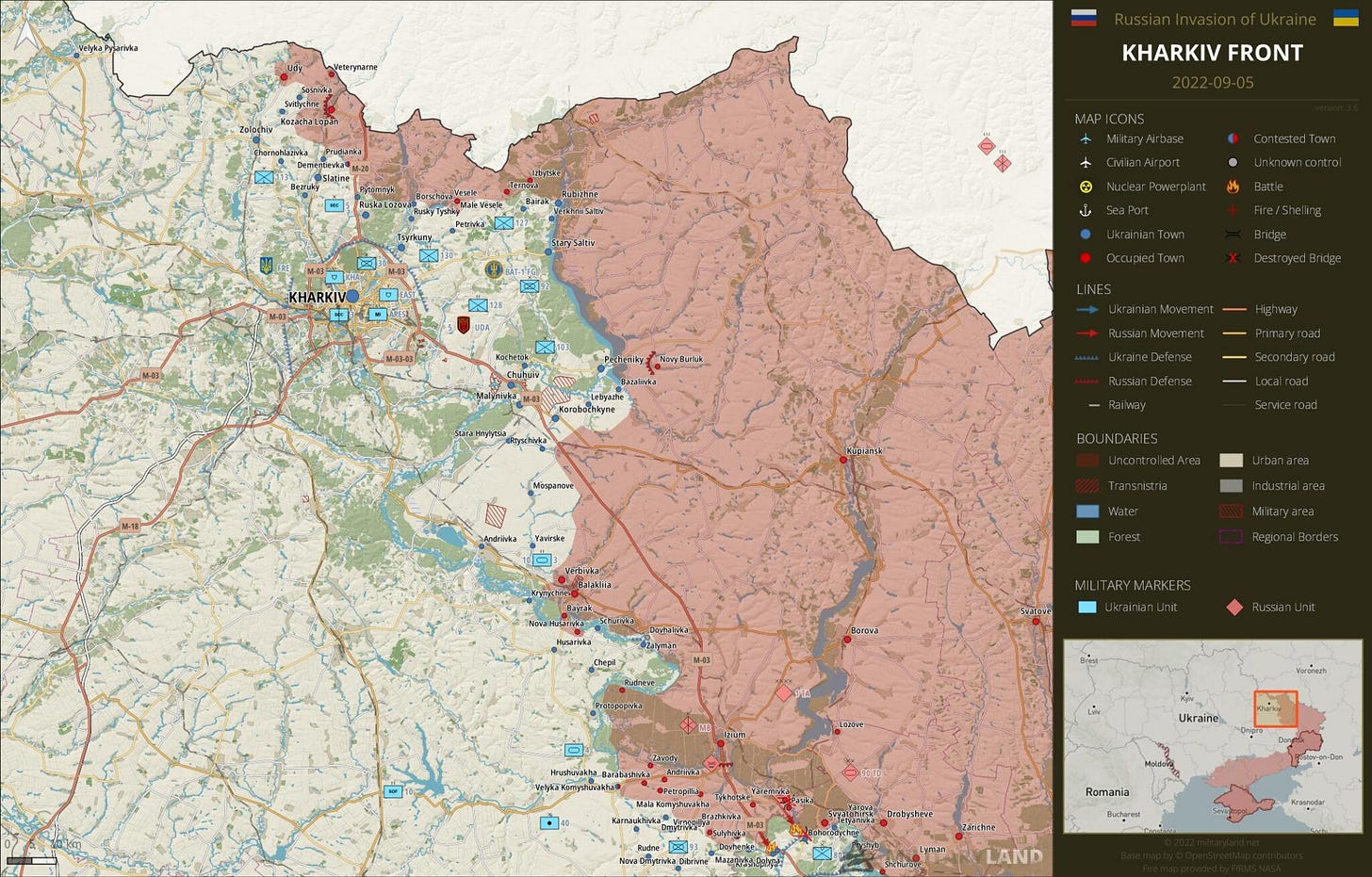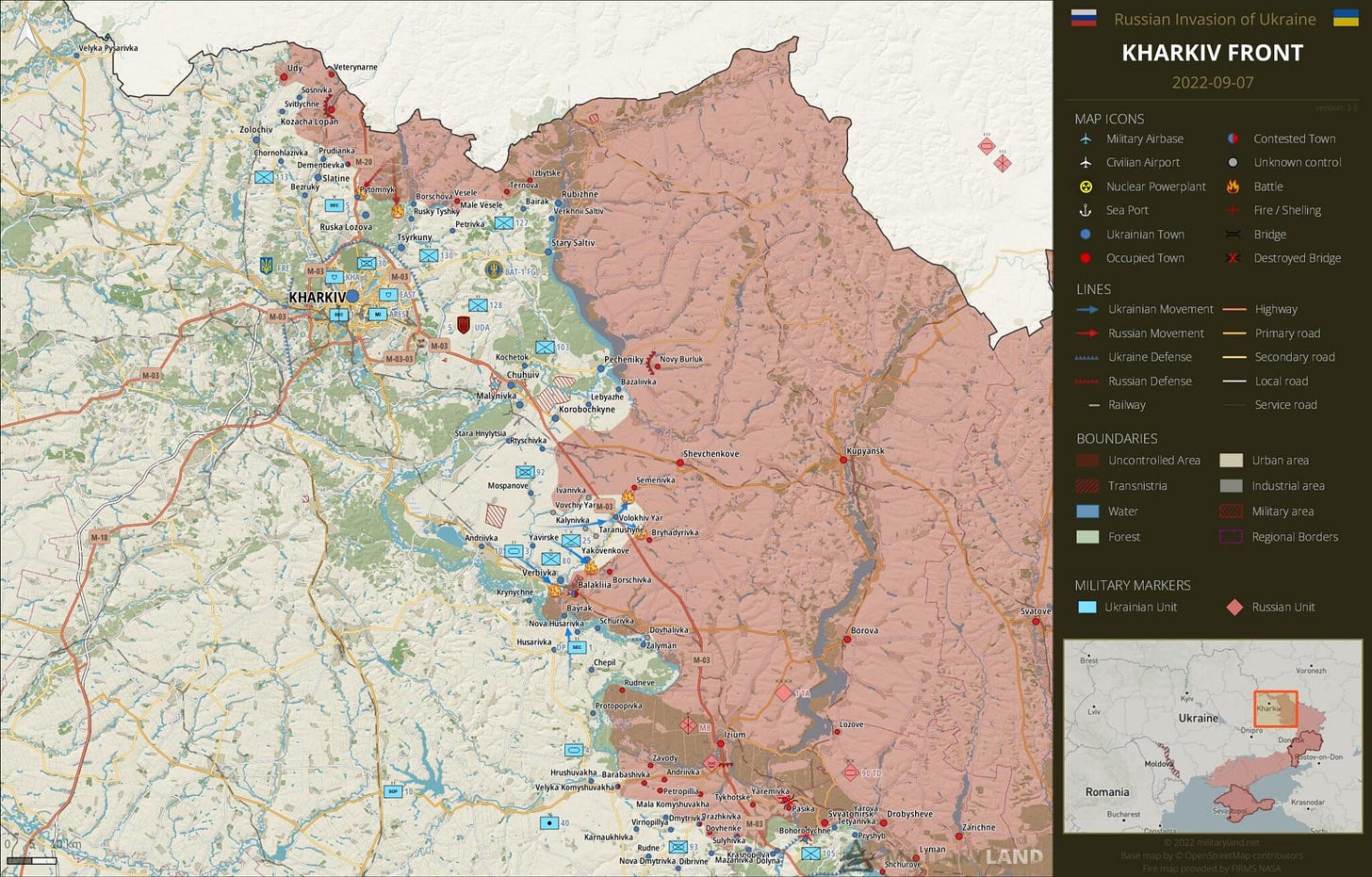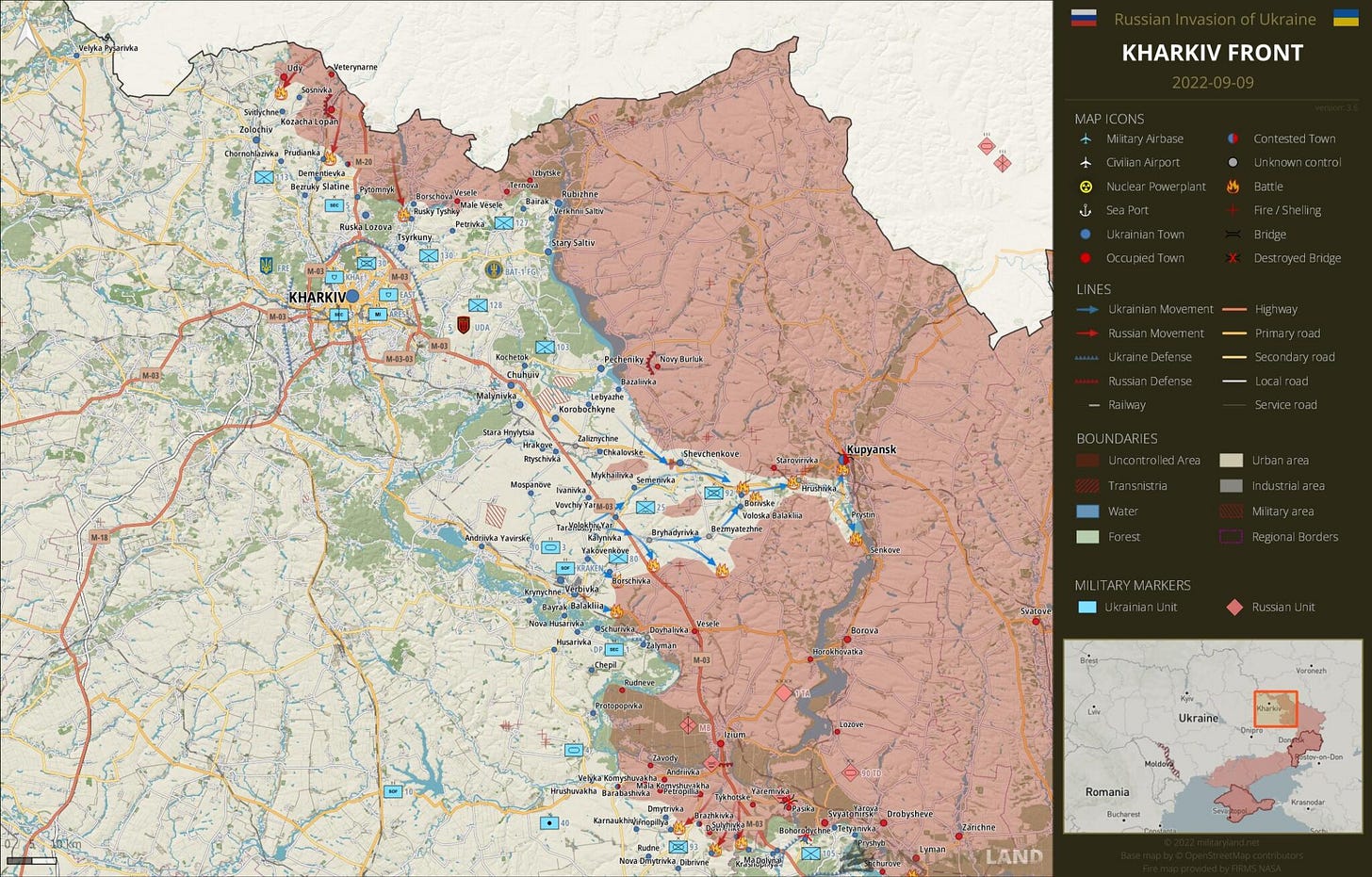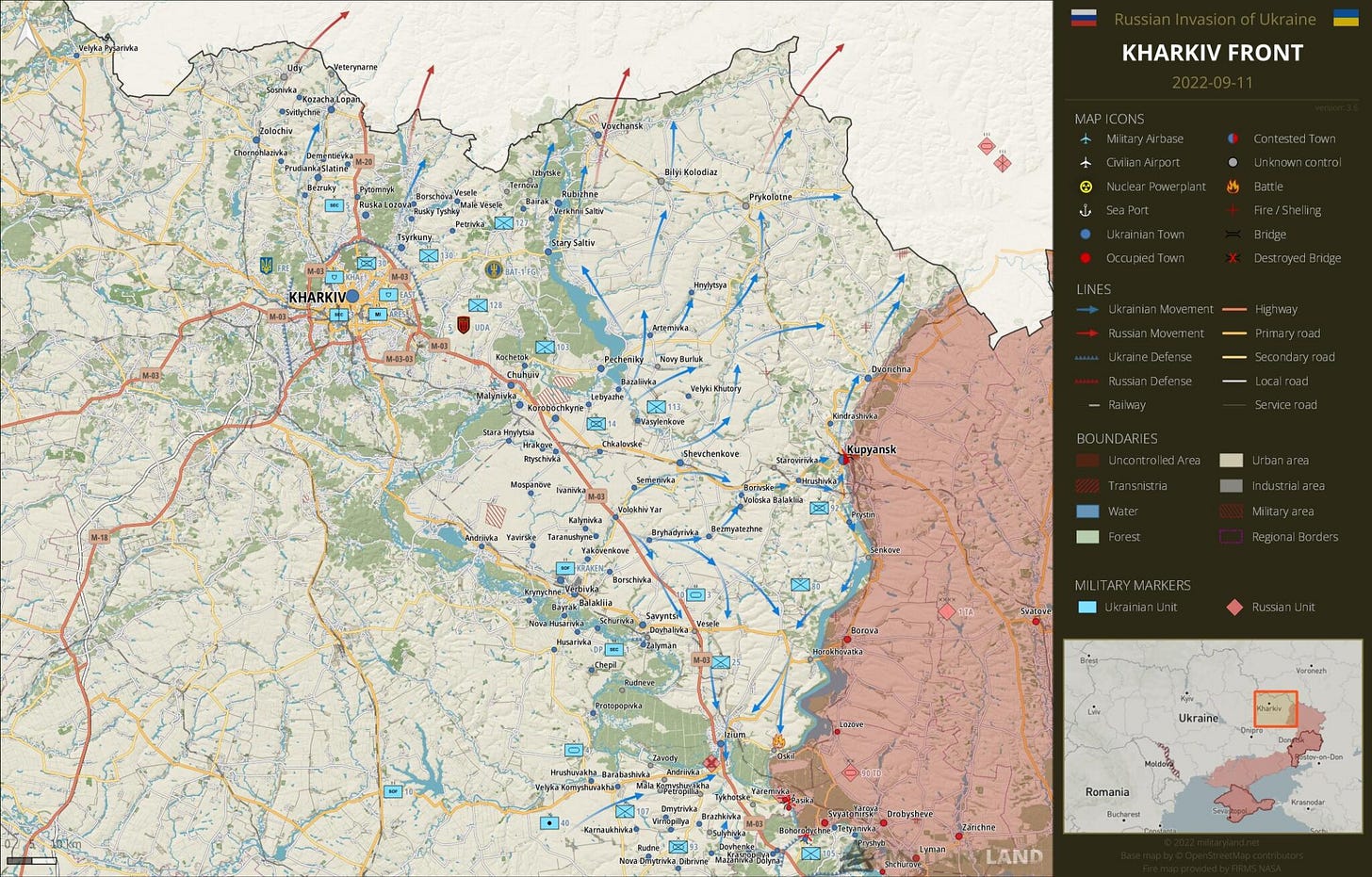Ukraine signaled for months a desire to conduct an offensive. We assumed the action would occur in Kherson, but the main event occurred in Kharkiv. This main event resulted in Russia losing nearly its entire holdings in the Kharkiv Oblast as denoted in the map below. We will dive deeper to understand how Russia suffered such a calamitous defeat.
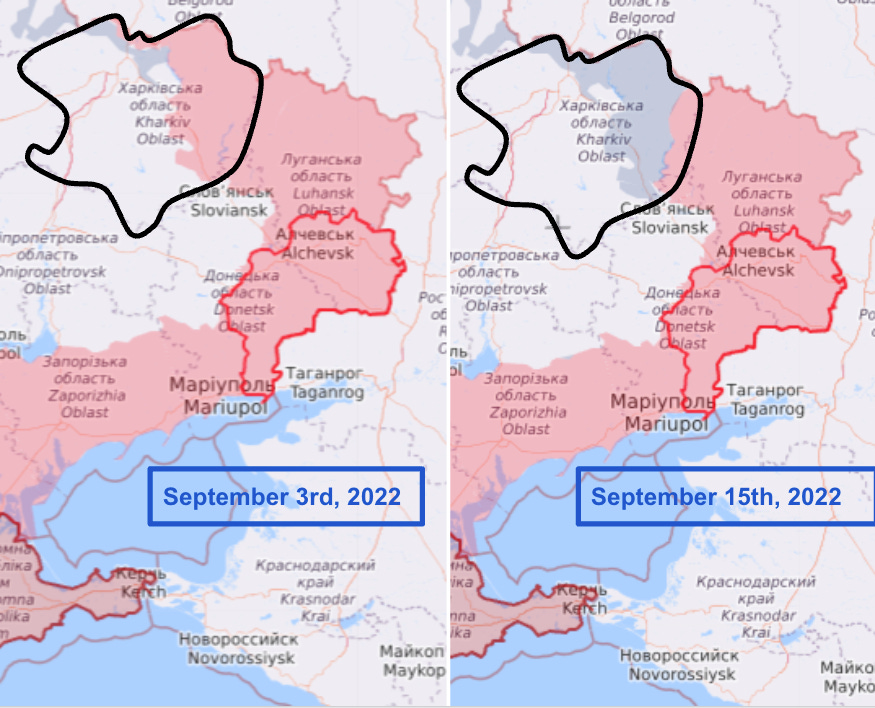
Importance of Kharkiv
In 2014 Russia invaded Ukraine which resulted in the incorporation of Crimea into the Russian Federation and the creation of the two separatist states in the Donbas ( Donetsk People’s Republic and Luhansk People’s Republic). As the BBC reported in 2014, Russia also attempted to create a separatist state in Kharkiv.
The separatists who seized Donbas attempted to seize Kharkiv too, and briefly they raised their flag on the regional government building in the city centre.
Russia cast their eye on Kharkiv a long time ago. When looking at a map, I completely understand why. Kharkiv host a vital road and rail network which supports the capture of the Donbas, Russia’s current main mission in Ukraine. Five months ago, I proposed a plan to capture the entirety of the Donbas. This plan involved pushing from north to south starting from Izium towards Barvinkove, but in reality Russia choose to push from Izium towards Sloviansk.
Why is Izium so important? Because the Russian army runs on rail. Lt. Col. Alex Vershinin stated
Russian army logistics forces are not designed for a large-scale ground offensive far from their railroads
Pictured below is a rail line that runs north to south and covers the extent of the territory of The Donbas. Ukraine’s Kharkiv offensive focused on re-capturing the city of Kupyansk, which lies near the top of the rail line. If Russia lost that city, hence lose control of the rail line, then their entire position could collapse.
Now we can chronicle the Fall of Kharkiv.
Fall of Kharkiv
On September 5, 2022 all seemed quiet on the Kharkiv front. According to MilitaryLand Kharkiv saw, “No changes on the ground during the last 48 hours.“
We begin to see evidence of an offensive two days later. On September 7, Ukraine began to push through the Russian line. You can see this by following the blue arrows on the map below.
Two days later, September 9, we see Ukraine make a major push east towards Kupyansk (the city I mentioned previously). From this point Ukraine demonstrated that they can block the vital road and rail network which flows from this city.
On September 11, given the tenuous state of Kupyansk, Russian forces abandoned all positions west of the Oskil river and retreated into friendly territory.
As I previously demonstrated, by losing Kupyansk Russia lost access to the rail line that allows it to move troops from north to south around Izium. By losing this axis of advance I am not sure how Russia can follow through on its plan to “liberate” The Donbas. Russia would need to bring a game-changing capability to the war in order to turn the tide in its favor.
Iranian Drones
On September 4, 2022 The Warzone reported that Russia received its first batch of drones from Iran. We can only speculate about the total orders being delivered, but hundreds of drones represents a reasonable estimate. On September 13 we received our first piece of evidence of Russian employment of an Iranian drone on the Ukrainian battlefield. Ukraine downed an Iranian Shahad-136 unmanned aerial vehicle (UAV).

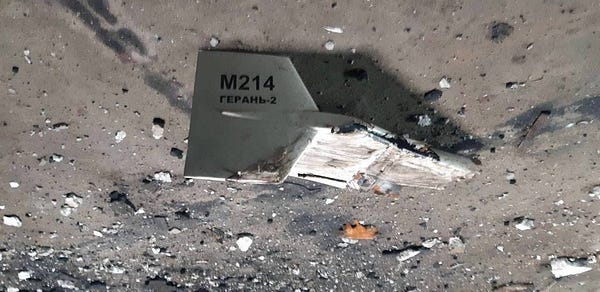
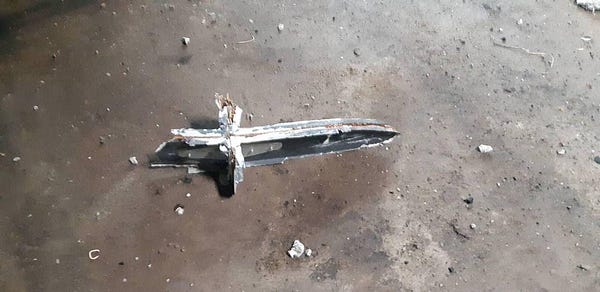
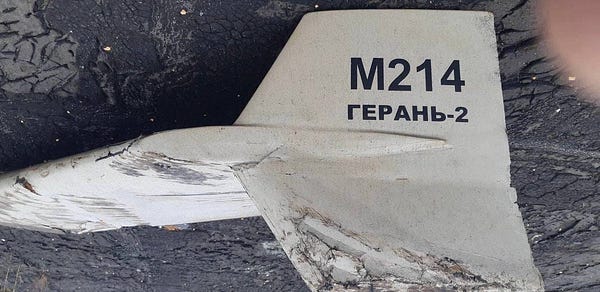
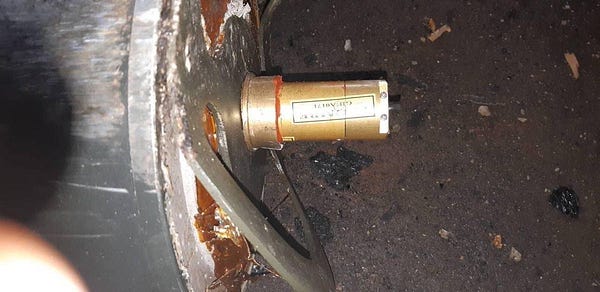
The Shahad-136 is a long-range suicide drone that can travel up to 2,200 km to strike its target. What makes these drones so noteworthy? As The Warzone reported nine days later on September 13.
Overall, the difficulties Russian aircraft have had in the suppression/destruction of enemy air defenses (SEAD/DEAD) role has been a key factor in the air war, and one that the availability of long-range suicide drones might help address.
Readers of mine should be familiar with my laser-like focus on SEAD/DEAD. A month ago I described three potential game-changing capabilities Ukraine could employ in the future. One included training Ukrainian pilots to use the F-16 fighter jet, a request Ukrainian pilots have made for month, to suppress/destroy enemy air defense. I see learning how to effectively employ Iranian long-range suicide drones as Russia’s only chance of salvaging their desperate situation.
Conclusion
While many westerners celebrate Ukraine’s successful offensive, it will not end this war. As Forbes reports
Ukrainian officials on Tuesday said they intend to recapture all of the country’s territories that are currently under Russian occupation following a string of major military successes in the Kharkiv region.
I do not see either Russia or Ukraine achieving their military aims absent air supremacy. As of now both sides remain engaged in a wrestling match where they can only use one arm, while air defense ties down the other arm. Whomever achieves air superiority and unties their other arm will be able to end the war on their terms.






